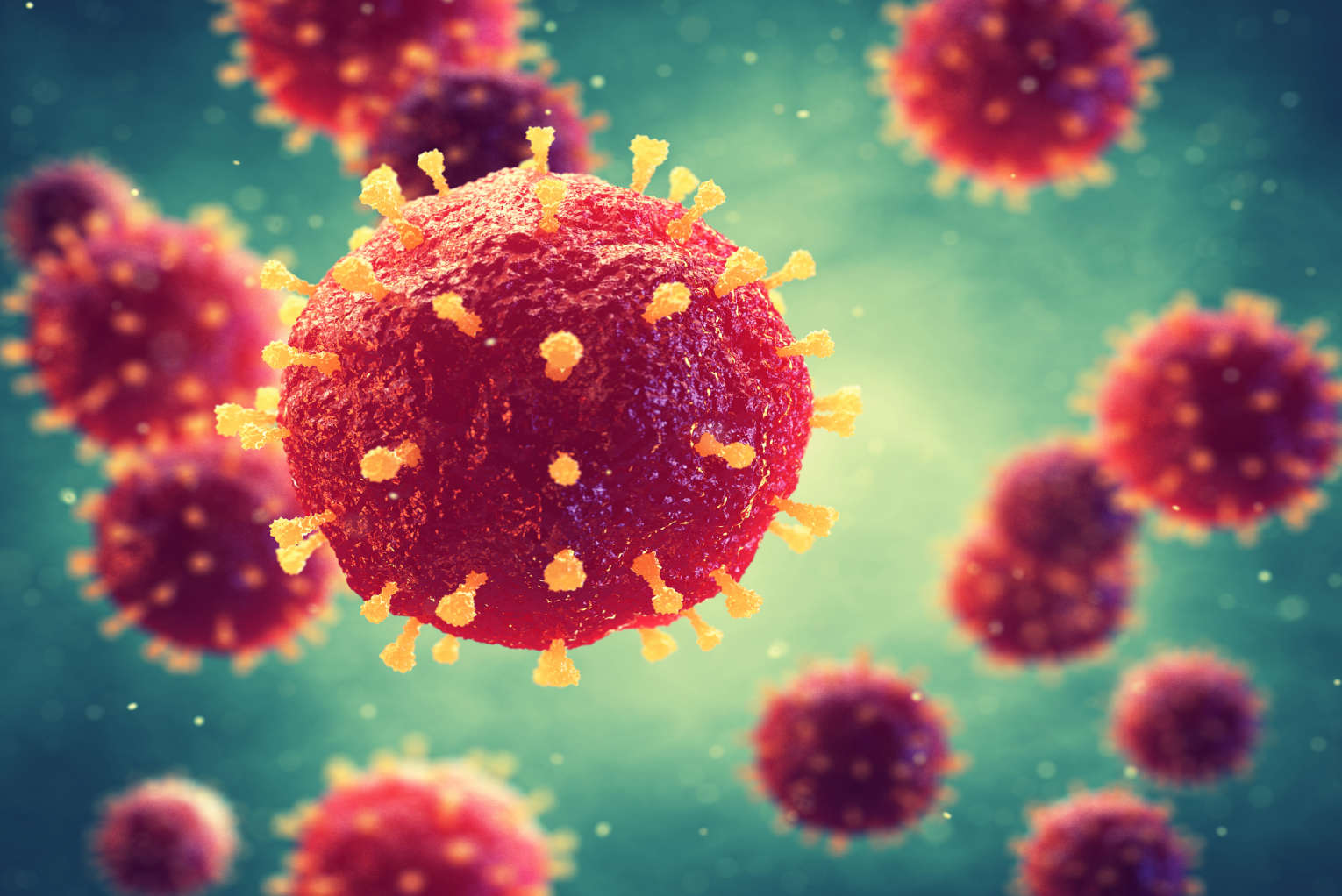Unknown Disease Leaves Experts Stunned, What’s Behind the Outbreak?
The illness that’s killed at least 53 people in the Democratic Republic of the Congo remains a mystery, doctors in Africa said.
Cases began exploding on Jan. 21, after three children in the village of Boloko ate a bat and experienced hemorrhagic fever symptoms, according to the Associated Press.
They died 48 hours later.
“That’s what’s really worrying,” said Serge Ngalebato, medical director of Bikoro Hospital.
Health authorities in the DRC and @WHO are investigating a new cluster of illness and deaths in Equateur province.
— WHO African Region (@WHOAFRO) February 27, 2025
The experts are stepping up disease surveillance, conducting interviews with community members to understand the background and determine the cause of the… pic.twitter.com/8ofdk0FMGI
Breaking News. Spirit-Filled Stories. Subscribe to Charisma on YouTube now!
As of Monday, there have been 419 reported cases, 53 of them fatal, according to the AP.
The World Health Organization shared a bulletin on Feb. 16 describing the symptoms:
- Fever
- Chills
- Headache
- Muscle pain
- Body aches
- Sweating
- Runny nose
- Neck stiffness
- Cough
- Vomiting
- Diarrhea
- Abdominal cramps
The disease broke out a second time on Feb. 9, in the village of Bomate, which is northeast of Boloko.
After this second outbreak, samples were sent to the National Institute for Biomedical Research in Kinshasa, the capital of the Democratic Republic of the Congo.
The tests for Ebola, dengue, Marburg, and yellow fever all returned negative, but some registered positive for malaria.
According to the WHO African Region, the number of zoonotic outbreaks has increased 63% in Africa between the periods of 2001-2011 and 2002-2022.
“Infections originating in animals and then jumping to humans have been happening for centuries, but the risk of mass infections and deaths had been relatively limited in Africa. Poor transport infrastructure acted as a natural barrier,” said Dr Matshidiso Moeti, the WHO regional director for Africa.
“However, with improved transportation in Africa, there is an increased threat of zoonotic pathogens traveling to large urban centers. We must act now to contain zoonotic diseases before they can cause widespread infections and stop Africa from becoming a hotspot for emerging infectious diseases,” Moeti said.
This article originally appeared on The Western Journal, and is reposted with permission.
Join Charisma Magazine Online to follow everything the Holy Spirit is doing around the world!




























































